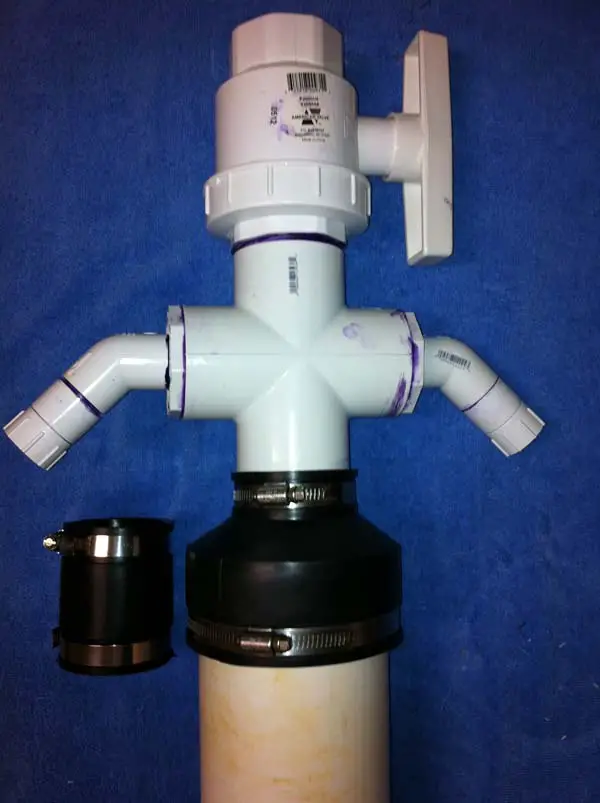with this “head start” technique
As you probably already know, the problem with trying to drill deeper is friction. If you have tried to drill a well using two hoses, you know that it goes great at first and then gets harder and harder as you get deeper. The sides of the hole tend to collapse around the drillpipe, particularly as you get to the 20 foot depth and beyond. Many times it feels like you could drill quite a bit deeper but then when you add a piece of pipe it is suddenly much harder. The sand in the hole collapsing on the drillpipe causes this.
What if you could hold that sand away from at least the top part of your drillpipe? What if you could eliminate friction altogether for the first 10 feet? That is what this technique does. It gives you a “head start” on drilling your well.
Although this technique is primarily aimed at the two hose drillers, it applies to mud pump drillers too. Commercial drillers frequently case the first few hundred feet of very deep wells to keep their well shafts from collapsing. It simplifies later drilling as well as the installation of both above ground pumps and submersible pumps.
Assuming you will be drilling with two inch PVC, start out with a 10 foot stick of four inch diameter PVC. Make the bottom of this piece into a drill bit. Cut teeth in the bottom of it just like you would for your regular drill pipe. Attach your two hoses to the top. There is a four inch to two inch adapter that works well for this. I could not find it at my local Lowes, Home Depot, or Ace Hardware. I ordered it from Amazon at:
Just use your regular drillhead with the 2″ by 4″ flexible adapter instead of the usual 2″ by 2″ flexible adapter.

2 inch by 4 inch adapter used to attach drillhead to 4 inch PVC
Also, you will need to adapt your handle so you can attatch it to the four inch pipe. Usually this just involves buying a couple of larger pipe clamps.
Then drill a hole in the normal manner. It will not go as fast because you are drilling a four inch hole instead of a two inch hole. You are removing four times as much material as normal.
When you get the full length of the four inch pipe in, remove the handle and drill head. Then cut the pipe off at ground level. You will typically be at about 9.5 feet.
The animation below demonstrates the technique:
If you feel like you can go deeper, feel free to try. Drill as deep as you can and whenever you get stuck, just cut the four inch piece off at ground level. You might even get a 15 or 20 foot head start!
Then start your well drilling in the normal manner with a piece of two inch PVC and a two inch drillbit. You will experience no friction in your top ten feet (or however long your four inch piece is) which will allow you to drill deeper before friction becomes a factor
This brings up a couple of questions:
1. Why not use a three inch pipe instead of a four inch pipe? The problem is there is very little space between the standard two inch couplings and the three inch pipe. I think if you used inside couplings on your two inch pipe, it might work but I haven’t tried it.
2. Why not start with a four inch head start pipe then a three inch head start pipe and then a two inch drillpipe? The three inch couplings won’t fit in a four inch pipe. If you want to do something along these lines with a double head start I think you’d have to start with six inch, then four inch, then the two inch drill pipe. I haven’t tried it. I’m not optimistic. If you do try it, let me know how it works.
 drillyourownwell.com
drillyourownwell.com